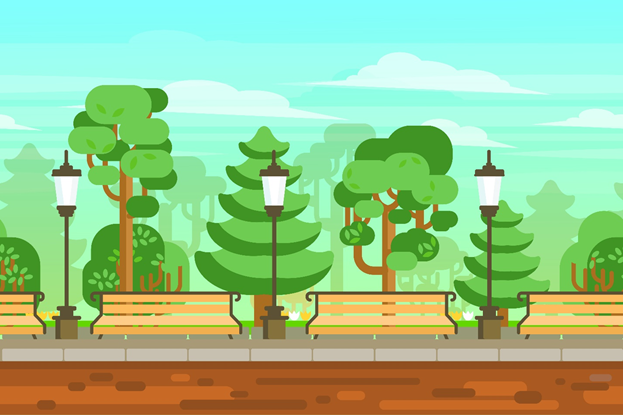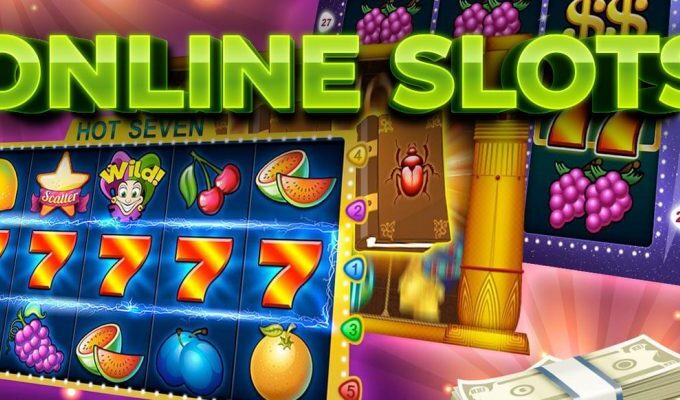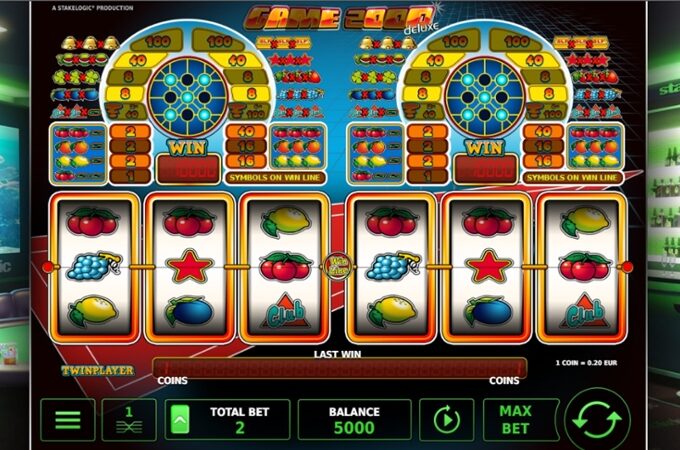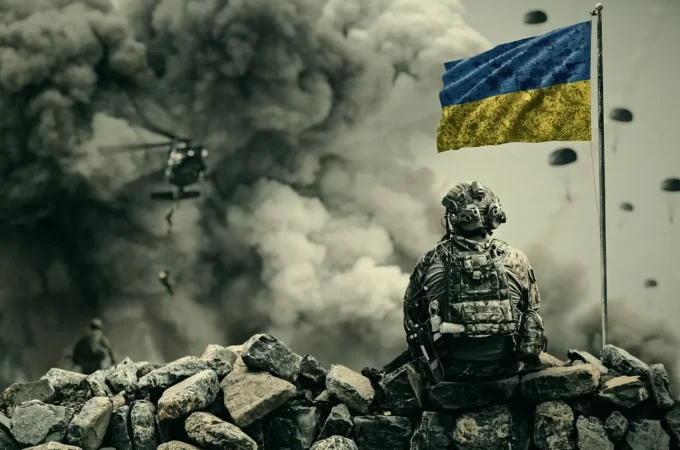
2D Game Art Styles: Fascinating Journey Throughout the Two-Dimensional Country
2D games are not at all as flat in terms of authority and prospects as they seem at first glance. Suffice it to recall legendary Heroes of Might & Magic III, the 2D version of which remained immortalized and recognized as the best by all players, as opposed to the updated 3D versions, which did not earn even half of the success that the third 2D part achieved. All is not gold that glitters; all is not top that is three-dimensional in the modern gaming world.
Classic never goes out of style, so 2D games and 2D art are unbeatable. For example, a lot of exciting and colorful platformers are now being created in a variety of 2D art styles. And in order not to take a shot in the dark, let’s figure out what styles stand out in modern production of 2D games.
2D Art: What You Need to Know
Before talking aboutgame art 2D styles, it makes sense to dwell on the definition and features of 2D game style. As the name suggests, it is a space with flat surfaces and objects that are characterized by measurements of width and height.
Although at first glance the lack of depth seems to make 2D art poorer in comparison with 3D, the abundance of techniques, colors, shadows and animation make 2D sequences in no way inferior to their more modern counterpart in terms of fascination and colorfulness.
In addition to the already mentioned Heroes, there are many other 2D games whose popularity is not slowing down: Limbo, Rayman Legends, Diablo, not to mention Super Mario, which is still played, although the first game was released back in 1985.
2D Video Game Art Styles

It makes sense to start from the beginning. The first 2D games had rudimentary graphics based on simple shapes and minimal levels of detail. With the development of technology, new methods of creating graphics appeared, and new 2D art styles were born. The possibilities are almost endless now, and developers can vary and combine styles to create a unique look for new games.
Pixel Art
These are pleasant memories and the first console games of the 80-90s of the last century. You may remember these games based on squares or other shapes from which characters, environments and objects were formed. Interestingly, despite its considerable age, this style is still popular today: a keen sense of nostalgia and modern features that make pixel art less angular and improve the gameplay contribute to this.
Vector Art
Unlike pixel art, vector one allows preserving color and detail when increasing and decreasing objects, and also operates not with pixels, but with points and lines. Even though this is still not about realism, vector art filled 2D games with brighter colors and improved the shape of objects, which started looking clearer and crisper than when they were composed of pixels.
Geometric Art
This style is close to the pixel one, but with the difference that it does not seek to create familiar images of people and objects. It consists entirely of primitive and vibrant geometric shapes, lines and angles, usually contrasting with a dark background.
Flat Art
Images that look like they’ve just been cut out of paper or cardboard is what flat art is. It usually lacks shadows and any other hint of realism. At the same time, the colors are very rich, and the transitions between the colors are sharp and contrasting.
Black & White Art
This style is based on two colors and all shades of gray that will come from mixing them. This limitation is usually used to achieve a certain atmosphere, often mysterious or ominous. It worked great with Limbo: it actually created its own niche, which no one has managed to occupy to this day.
Realism
The name is very eloquent: detailed textures, bright colors, shadows, recognizable objects that look more than realistic despite the two-dimensionality come to the fore. Some games are so well made that they look like 3D and provide an authentic gaming experience.
Modern Tools for Creating 2D Game Art

Previously, two-dimensional images were limited to drawing in a notebook, but now everything has moved into the digital sphere. There are many programs designed to create drawings and have all the necessary toolkits for a variety of 2D game art styles.
Examples of such programs:
- Adobe Photoshop
- Adobe illustrator
- Gimp
- PaintShop Pro
- Inkscape
- Krita
The abundance of programs that are suitable for both beginners and professionals, allows choosing the right one depending on the current level of the artist’s skill.
2D Game Art Services: Where to Search
Mastery is based on experience, and experience comes with time. But if you do not have time, and 2D game art is needed now, then why not turn to someone who already has the necessary experience?
Outsourcing companies providing services in the field of creating colorful game art is an ideal solution. Before deciding on a specific one, it makes sense to look at its portfolio and read customer reviews: this will help you understand both the style and approach to work.
Kevuru Games has been creating 2D game art for over 8 years and knows all the subtleties and nuances. The professional team strikes a reasonable balance between the creative vision and the client’s wishes, resulting in an amazing authentic product that exceeds all expectations. You can follow the link https://kevurugames.com/2d-art/ and see with your own eyes that perfect cooperation is really possible.
Conclusion
This is where we put an end to our video game art styles guide. Continuing to attract the attention of players around the world, the 2D style is being modernized and modified. And who knows, maybe in the future, there will be new interesting 2D game styles that no one thought about before.




